How adopting a host country ritual helped me heal – What Dia de los Muertos taught me about loss, longing and remembering
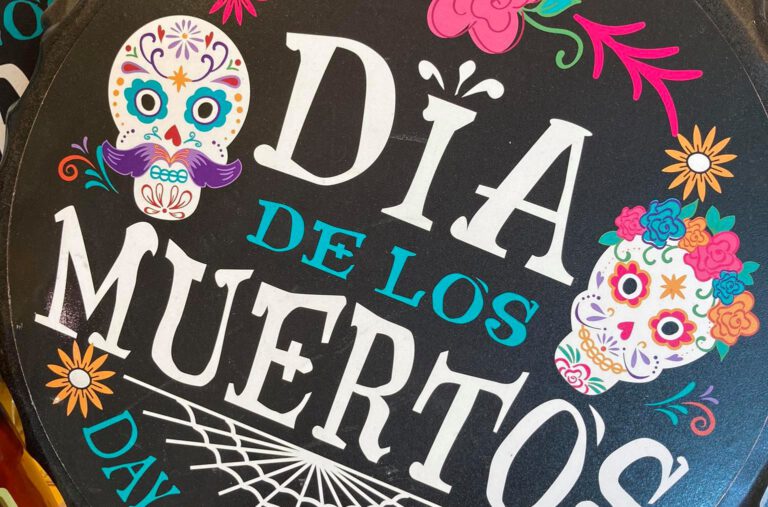
Loss, longing and remembering
Trigger warning, this is a tough topic. Dealing with death, aging parents and loved ones isn’t the easiest space to enter. But I know it’s one that as expats we often have to deal with. The truth is for a while I struggled with connecting to the memory of my parents in my new country. I’d felt I’d left them behind.
In Mexico on 1 November family and friends gather to pray and remember those they love who have died. It’s a celebration, rather than being mourning. A day where we really learn that the love we have for people doesn’t die and that means they are always present in our lives. For me it’s been an awakening, it changed both my relationship to the loss of my mum and healed that sense of leaving her and my dad behind.
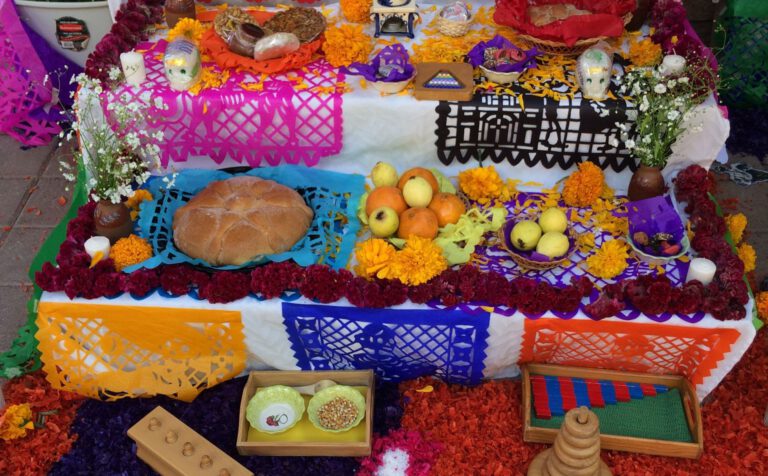
Death
The last time I saw my mum alive was in the UK to show her the 16 week scan of my son. She’d been paralyzed and unable to speak for over 2 years due to a stroke. She smiled and moved her hand to mine.
Life
I placed her in that memory box that says ‘do not open’ so that I could become a mother and care for my newborn son. I remember the midwife telling me ‘I’ve known of many deaths happening just before a new life is brought into the world’. That was enough for me to think ‘ok, she made space for Eduardo’ and somehow I drew comfort from that. I didn’t know if I’d ever find a way to honour and remember her, or how I would introduce my son to his absent grandma. Then I moved to Mexico and Dia De Los Muertos (Day of the Dead) came into my life.
Remember
In the UK you get to buy into Day of the Dead: the iconography, stickers, party plates decorated with colorful skulls and skeletons donning oversized sombreros. Experiencing it first hand I learnt of its emotional potency, and the opportunity it presents for remembrance as a lived experience.
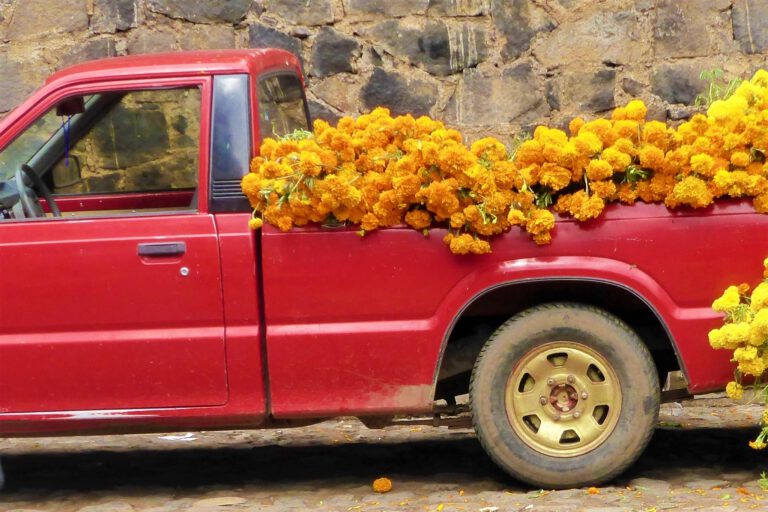
Paths
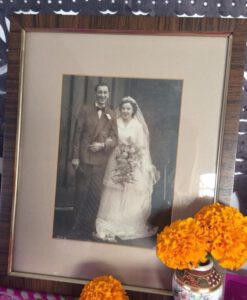 Each year on Dia De Los Muertos we make an altar for my parents. These altars have a number of elements; papel picado (paper bunting) decorations; photographs of the people who have died; marigolds; (the smell helps the spirits find their path back to the living for a short time), fruit, pan de muerto and foods that the person liked. My mum: watermelon, bananas and coffee, and dad: cream crackers, whiskey and cheese. It’s a family endeavour. Last year my son said to me ‘mum leave the whiskey alone it’s grandads and I know what you’re like.’
Each year on Dia De Los Muertos we make an altar for my parents. These altars have a number of elements; papel picado (paper bunting) decorations; photographs of the people who have died; marigolds; (the smell helps the spirits find their path back to the living for a short time), fruit, pan de muerto and foods that the person liked. My mum: watermelon, bananas and coffee, and dad: cream crackers, whiskey and cheese. It’s a family endeavour. Last year my son said to me ‘mum leave the whiskey alone it’s grandads and I know what you’re like.’
I tell my husband and son stories of their lives. If I listen carefully I can hear my mum’s laughter, and my dad’s interjections. My son loves to hear about my dads sweary, and often inappropriate, sense of humor, and how my mum used to scrub my brother’s ears or let me eat chips in a bag in the garden.
The first time we made the altar I imagined them visiting. Just as my child believes Santa visits, I knew that they would come, watch me sleeping, say hello to their grandson and have a look around my new home. That for that brief moment we’d be together again, and I’d not mind my dad moaning about the heat. That now they’d know where I live. My mum would have scrubbed something she deemed unclean, and my dad would have fiddled with something electrical and tuned in their digital radio that sits on our bookshelves.
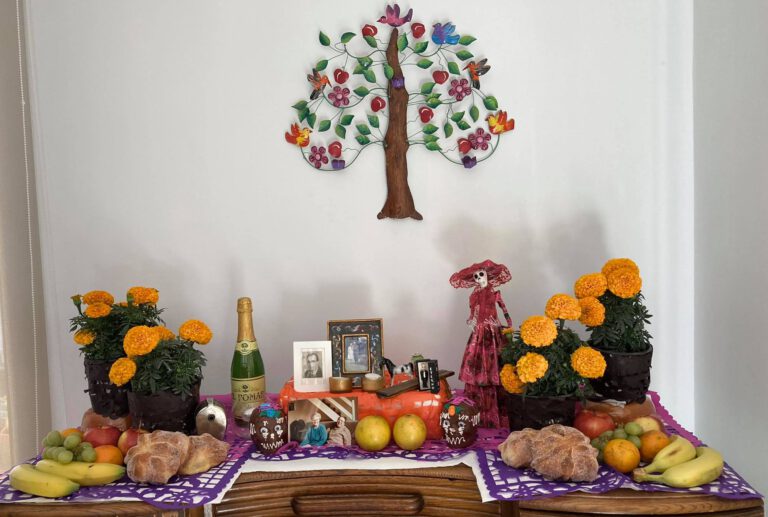
Surprising connections
I moved 8,000 kilometers from my passport country, unpacked my belongings and finally brought my parents home.
The grief I’d felt for them in the UK was too consuming, too hard to deal with while raising my own family. But I’ve learnt that by being curious, opening my heart and listening to a new tradition, you can find your own sense of place.
As we age, so do our loved ones, and whether they are still with you, or have passed, finding creative and surprising ways to stay connected to them can bring you closer.
However different the culture you are living in is from your own, take time to consider what local traditions can you learn from, that can help you deepen your connection to loved ones.
Pan De Muerto
As with many celebrations in Mexico, food plays a huge part in the ritual. Pan De Muerto is a sugar loaded soft bread, made with a rich dough of milk, eggs, and butter and decorated with bone shaped pieces, and dusted in sugar. It’s seriously delicious and sold in industrial quantities in supermarkets, bakeries and by street sellers during this period. Honestly, I’m pretty sure I’ve eaten my own weight of the stuff since moving to Mexico.
We’re skipping the recipe here but if you want to make some of your own, this link will take you to a tried and true recipe.
I am thrilled to host fellow global mobility professionals as guest bloggers. Today’s contributor is Jane Ordaz, originally from the UK, currently in Mexico.
About the Author

Jane is the founder of “The Menopausal Expat”, she is a coach and trailblazer on a mission to help globally mobile women make the most of their international life AND their menopause.
Connect with Jane here:
-
 How to move abroad with childrenJune 15, 2022/0 Comments
How to move abroad with childrenJune 15, 2022/0 Comments -

-
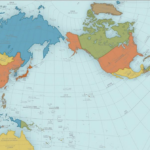 May on the Move 2022 – Sharing Experience of Global LifeApril 30, 2023/
May on the Move 2022 – Sharing Experience of Global LifeApril 30, 2023/ -
 Life and Happiness Advice to my Younger Expat Partner SelfFebruary 10, 2023/
Life and Happiness Advice to my Younger Expat Partner SelfFebruary 10, 2023/
Tags
Newsletter Sign Up
Sign up below for monthly newsletter and download: helpful list of meal ideas for stressful times and recipes for delicious dips you can whip up for your next housewarming or farewell party.
Because sometimes, we need things to be a little easier.
WordPress – Global Mobility Trainer

